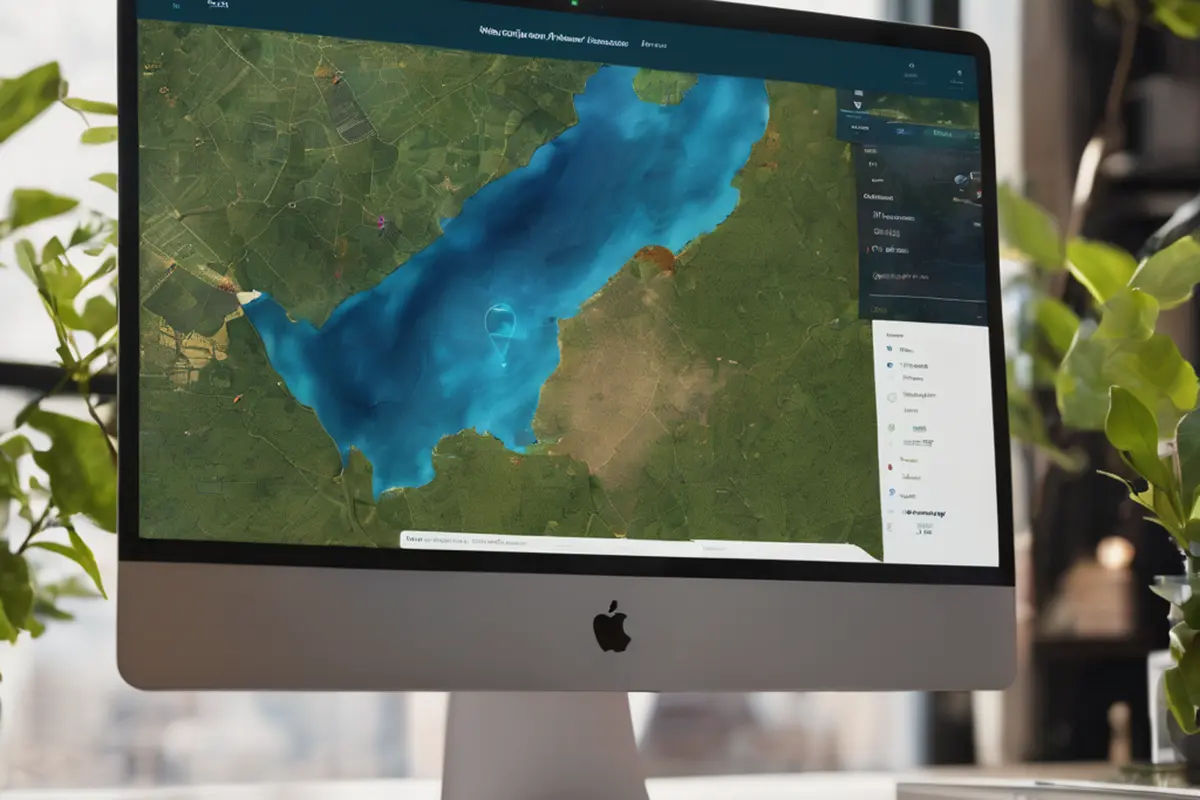The retirement of ArcGIS API for JavaScript 3.x and ArcGIS Web AppBuilder is inevitable news for many of our clients. Unfortunately, there’s no simple migration path; clients are faced with the arduous task of essentially rebuilding solutions from the ground up. This entails substantial costs, both financially and in terms of time and effort. In retrospect, a more user-friendly migration process would have been preferable.
ArcGIS API 3.x for JavaScript
Fifteen years ago, Esri introduced the first iteration of the ArcGIS API for JavaScript, a tool that has empowered developers worldwide to create robust web mapping applications across various industries. This API wasn’t just for developers; it was the engine behind the web mapping experience in ArcGIS Online, ArcGIS Enterprise, and numerous other applications within the ArcGIS ecosystem.
In 2016, Esri introduced the modern and powerful 2D/3D API, known as version 4.x (now called ArcGIS Maps SDK for JavaScript, or simply JavaScript Maps SDK). While the development team initially split their efforts between enhancing both 3.x and JavaScript Maps SDK, over time, the focus shifted significantly towards the latter. All the cutting-edge innovations were introduced in JavaScript Maps SDK, leaving version 3.x with only minor updates and critical bug fixes.

ArcGIS Web AppBuilder
ArcGIS Web AppBuilder was released in 2014 and has been the engine behind numerous innovative web applications. It relied on Esri’s older ArcGIS API for JavaScript (3.x), which, as mentioned, will retire in July 2024.
Now, it’s time for ArcGIS Web AppBuilder to take its bow. While your existing apps will hopefully continue to function, we highly recommend that you consider future-proofing your technology stack, making it standards-based and as open as possible. This approach ensures easy integrations with third-party applications, addressing a challenge we’ve observed over the years.
Several organizations have effectively shifted away from a purely Esri-centric stack, which includes the retiring components, toward a more versatile architecture, often a fusion of Esri and open-source solutions. This strategic shift not only ensured the future-proofing of their technology but also unlocked opportunities for seamless integration with third-party applications, like Power BI. The benefits are clear: increased adaptability, decreased dependence on a single vendor, and the capacity to expand and tailor their technology stack to evolving industry standards and business requirements.
As the retirement of ArcGIS API for JavaScript 3.x and ArcGIS Web AppBuilder necessitates rebuilding implementations from the ground up, this path forward offers the opportunity to ensure that your technology stack is adaptable, open, and prepared for seamless integration with an ever-expanding array of third-party applications.

What about your web map apps?
You might be wondering what this means for your web map applications. The retirement of ArcGIS API for JavaScript 3.x and ArcGIS Web AppBuilder certainly presents a crossroads. Here’s our advice:
- Now is the perfect time to review and assess your options. With Esri offering more recent applications, you have the opportunity to modernize your web map apps and leverage the latest technologies.
- Implement an Open Technology Stack. This approach not only removes proprietary lock-ins but also provides an open standards-based architecture. Such a setup allows seamless integration with third-party applications, like Power BI.
At GIS People, we bring 14 years of experience to the table, specializing in migrating geospatial systems and data. We’re here to help you make this transition smoothly and efficiently. Our team can guide you through the process, ensuring that your web map apps continue to thrive in this changing landscape.
Don’t hesitate to reach out to us to explore your best path forward. We’re here to help you navigate these changes and ensure your web map apps remain a valuable asset in your operations.


